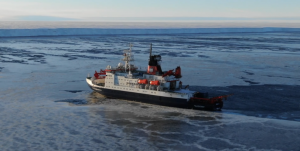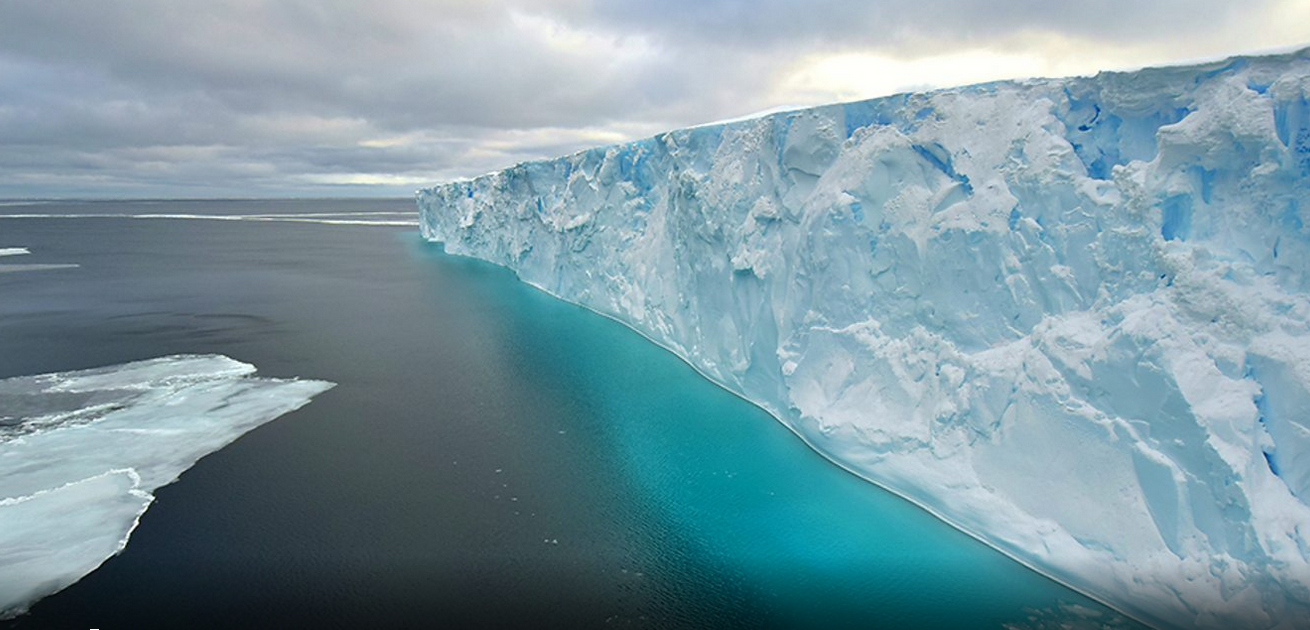German scientists have inspected an area of seafloor newly exposed by the calving of mega-iceberg A74 and found it to be teeming with animals.
Video cameras tracked abundant filter-feeders thriving among the soft muds.
It was a remarkable opportunity for the team as their ship, RV Polarstern, threaded the still narrow gap that exists between A74 and the Brunt Ice Shelf, which produced the giant berg.
Research groups frequently try to probe waters below freshly calved ice shelves, to better understand how these unique ecosystems operate. But success is not easily won.
Turkish plan to occupy Greek islands & islets in the Aegean revealed by Nordic Monitor (maps)

You have to be in the right place in Antarctica at just the right time, and often the sea-ice conditions simply won’t let a research ship get into position above the target site.
But Polarstern, run by the Alfred Wegener Institute, got lucky. It was already in the eastern Weddell Sea on a pre-planned expedition when city-sized A74 split from the Brunt.
Read more: BBC





